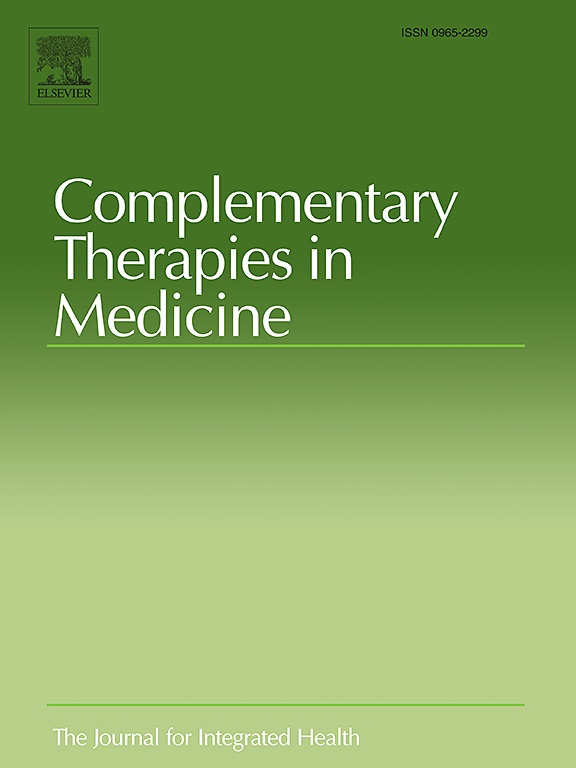Alternative and complementary medicine in neurological disorders and neurological disability patients: Prevalence, factors, opinions and reasons
PaulCarrillo-Mora (a)1 Marlene A.Rodríguez-Barragán (b) JimenaQuinzaños-Fresnedo (b) Maríadel Refugio Pacheco-Gallegos (b) MaríaSoto-Lara (c) Monserrat Velázquez-Ortega (c) María Fernanda Villarreal-Azamar (c) Ilse Jocelyn Aguirre-Medina (c) Mariana Rubalcava-Gracia-Medrano (c)
(a) División de Neurociencias Clínicas, Instituto Nacional de Rehabilitación “Luis Guillermo Ibarra Ibarra”, Mexico
(b) División de Rehabilitación Neurológica, Instituto Nacional de Rehabilitación “Luis Guillermo Ibarra Ibarra”, Mexico
(c) Facultad de Medicina, Universidad Nacional Autónoma de México, México City, Mexico
Received 6 September 2022, Revised 11 January 2023, Accepted 12 January 2023, Available online 13 January 2023, Version of Record 19 January 2023.
Objectives
This cross-sectional study is aimed to investigate the prevalence of the use of complementary and alternative medicine (CAM), types of CAMs used, as well as reasons and factors found in patients with neurological diseases or neurological disability.
Methods
An anonymous, self-administered survey was designed to collect information about demographics, personal medical history, CAM usage habits, and different opinions about CAM vs. conventional medicine (CM). The survey was applied by non-medical personnel in a rehabilitation hospital to patients older than 18 years, with a confirmed diagnosis of neurological disorder or neurological disability.
Results
453 patients were included, 59.7 % were female. Mean age: 49 years (SD: 18.2). 200 patients (44.2 %) had a history of chronic diseases. Depression was found in 139 patients (30.7 %). Neurological disorders were: peripheral neuropathy: 97 (21.4 %), headache or migraine: 78 (17.2 %), neurodegenerative diseases: 69 (15.2 %) and stroke: 58 (12.8 %). 60.2 % (n = 273) had some degree of disability. Prevalence of CAM use was 36 % (n = 163). Most common CAMs were: Biological therapies: 133 (71.1 %), energy-based therapies: 63 (33.7 %) and body manipulation therapies: 51 (27.3 %). Reasons to use CAM were: “to complement the pharmacological treatment” (45 = 27.6 %), and “treatment failure with CM” (43 = 26.4 %). Finally, older age (p = 0.0280) and having a chronic disease (p = 0.0229) or depression (p < 0.001) were the factors associated with the current use of CAM.
Conclusion
One third of patients with neurological pathologies use CAM, the most popular type of CAM is biologic therapies. As in other pathologies, CAM use was associated with older age, history of depression, and chronic diseases. Therefore, it is suggested that physicians routinely ask patients about the use of CAM, if they need more information about CAM, and even verify the possibility of drug interactions or adverse effects.




